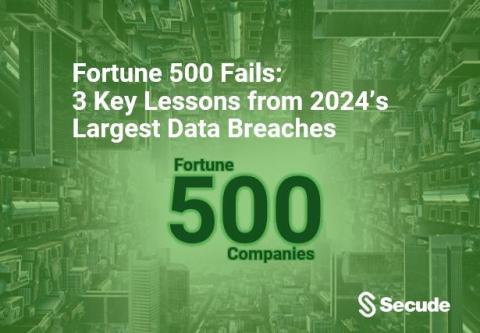How to close digital supply chain security gaps without impeding workflows
Automatic Zero Trust protection. Bulk labeling of files. Easy-to-use tools. Here’s 3 ways to secure external collaboration without impeding workflows. Just as one broken link can disrupt a physical supply chain, it only takes one security gap to infect a digital supply chain. Digital supply chains are as vital to modern workflows as they are fallible to attack. From infected software to accidental third-party leaks, one single vendor can bring down the whole supply chain.








